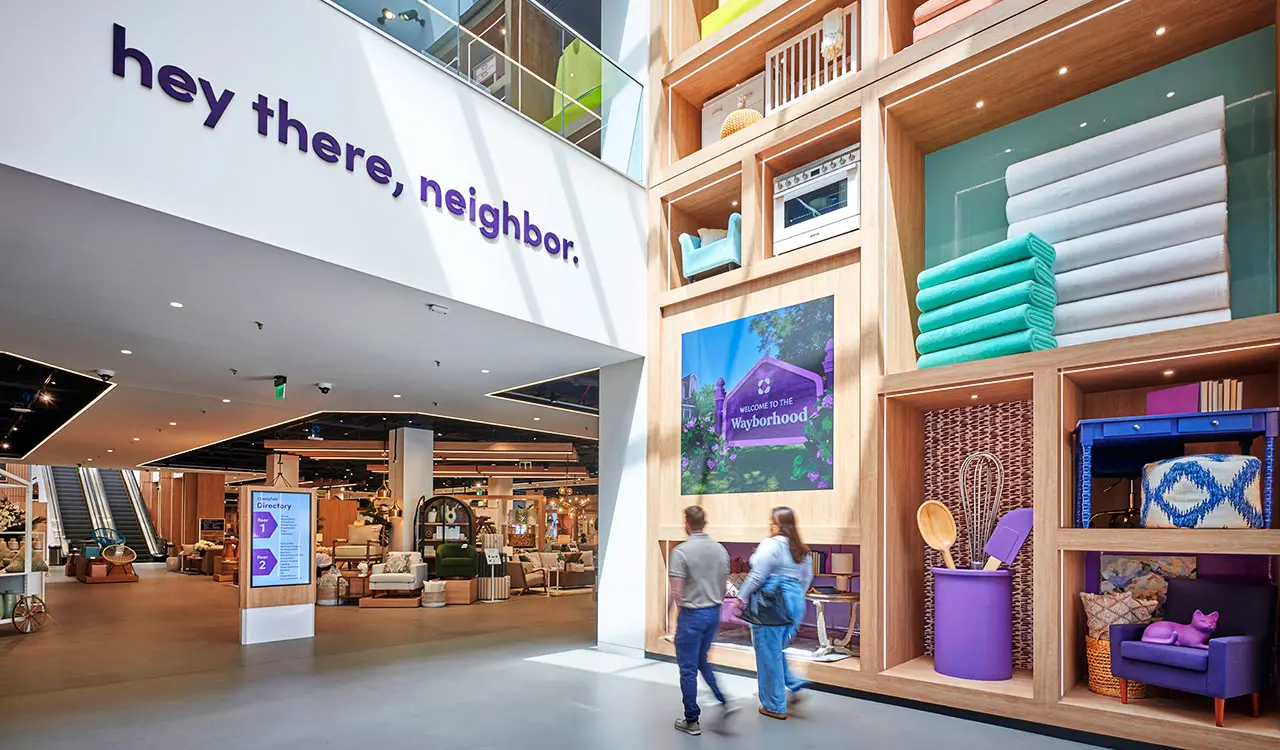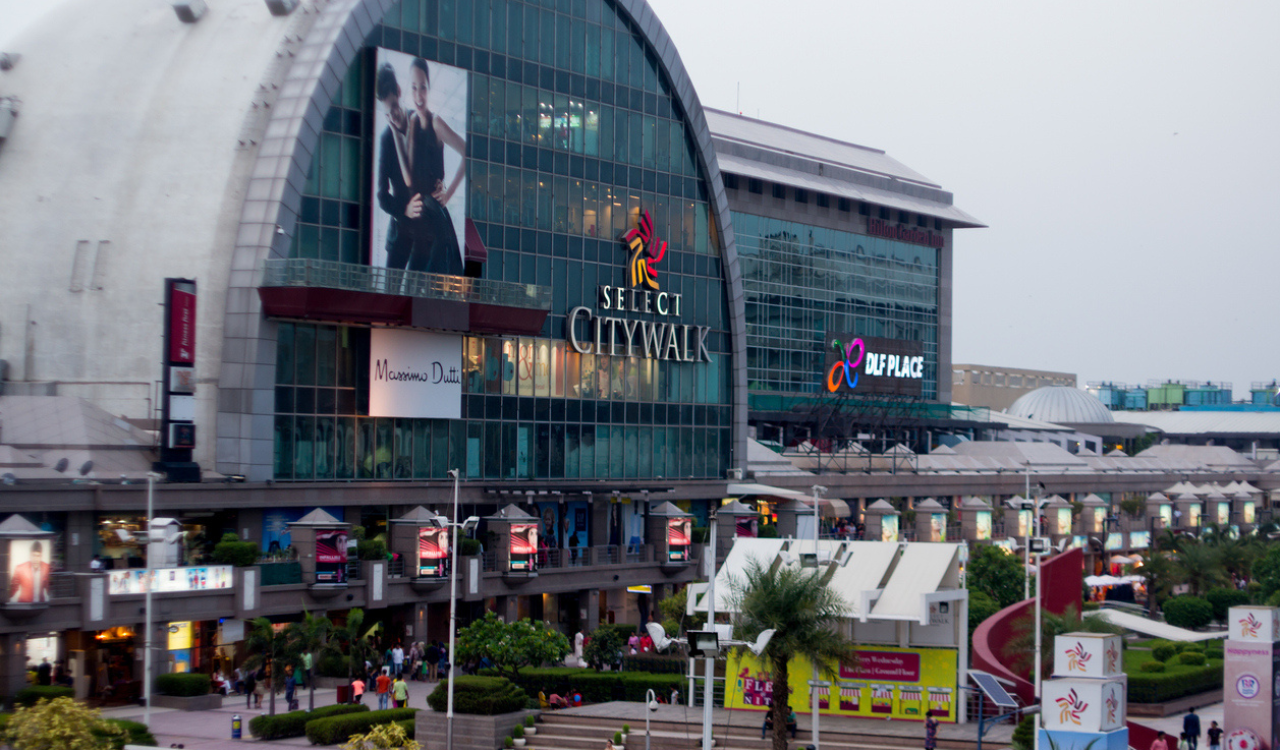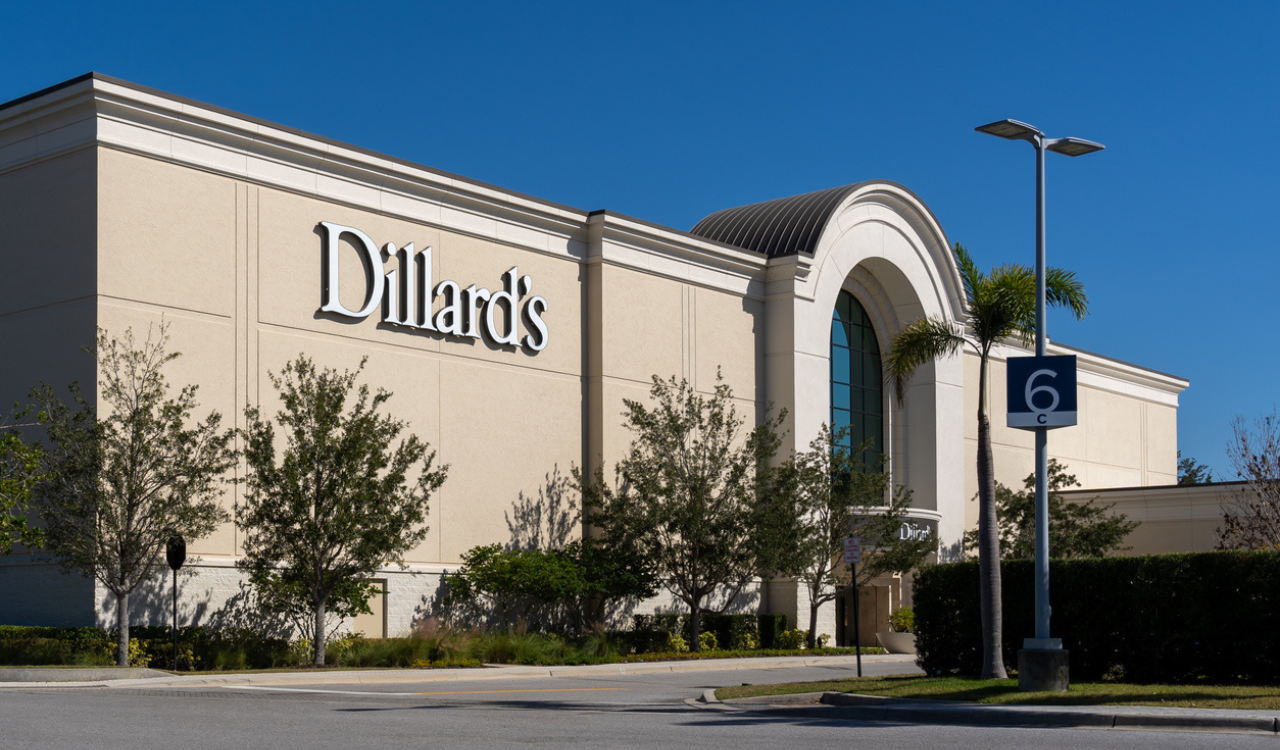If the industry ever needed a reminder of how cyclical the retail business is with old formats dying and replaced by the latest, greatest new model, it needs to look no further than Wayfair’s new store that opened in mid-May in the Chicagoland suburb of Wilmette, IL.
This Wayfair store occupies a very specialized niche in the home furnishings retail spectrum. Significantly bigger than any Williams Sonoma or late, lamented Bed Bath & Beyond footprint, it is only eclipsed in scale and scope by Ikea and the super home stores operated by Nebraska Furniture Store, each of which tops out in the 500,000-square-foot-plus range. To say there’s truly nothing else comparable is not an understatement.
The most interesting thing about this store is the fact that it sets the stage for Wayfair to get serious about the physical store business. Yes, it’s big, but this is a must for them to get stores right to finally be consistently profitable.
Representing the home furnishings ecommerce giant’s first true physical store of size and scale, it’s located in what had once been a branch store of the long-gone iconic department store brand Carson Pirie Scott. Even more, the store is situated in the Edens Plaza strip center that also once housed another well-known nameplate that at its peak had more than 1,000 locations and has now been reduced to a website: Bed Bath & Beyond.
The new Wayfair store represents the omnichannel future for one of the most prominent retailers in the home space. And it is built on the bones of what was once…and may never be again. Of course, all of that is history – or retail – under the bridge, and what’s more urgent is what Wayfair’s entry into physical retail means for the company and how quickly it can move from what is still just one of one to a full-fledged footprint in the non-virtual world of in-person shopping. The clock is ticking.
Along the Way to Wayfair
The company now known as Wayfair began life a couple of retail lifetimes ago in the late 1990s as a motley collection of websites focused on specific products…with very specific URLs: Hotplates.com, Allroosterdecor.com, among some 200 others. They were all grouped under the CSN Stores umbrella until co-founders Niraj Shah and Steve Conine (once Cornell classmates) rebranded it as Wayfair.com in 2011. Three years later they took the company public and with some serious private funding, they grew the topline to its current $12 billion level. Sales were never the problem – especially during the pandemic – it was the bottom line that was troubling. Other than a few quarters during the worst of Covid when demand skyrocketed as it did for the entire home furnishings sector, the company has never made a profit. More recently those losses have come down driven by some substantial cuts in payroll and spending, two areas that were pretty much on a non-stop sky-high trajectory for most of its existence. But they are still red ink.
Wayfair Store Mapping
Even as the new store, just outside of Chicago in the northern affluent suburb of Wilmette, is its first large-scale venture, Wayfair has been in and out…and back into stores for years. It opened a test store or two, an outlet or two, and then eventually eight stores for its affiliated brands, AllModern and Joss + Main. It also runs the Birch and Perigold nameplates, but at this point only online. Yet physical locations, no doubt, represent a tiny fraction of the company’s overall revenues. While this new Wayfair flagship (can it be a flagship if it’s the only one in the fleet?) will certainly move the needle a bit, the company has declined to talk about how much in annual revenue it’s likely to do.
The store is impressive, at least from the press preview a week before its May 23 opening. At 150,000 square feet spread out over two floors, it encompasses the breadth if not the depth of Wayfair’s total home strategy. It’s heavily focused on furniture, which is displayed by style (contemporary, traditional, coastal, et al) rather than by room, ringing most of the first floor. In the center are home décor categories like framed art, storage and organization, faux botanicals (nobody calls them what most shoppers do, “fake plants”) and tabletop.
Up the escalator in a carved-out two-story atrium that Messrs. Carson, Pirie, and Scott could have never imagined, shoppers are greeted by an extensive kitchen and bath and home improvement department, a category that perhaps not everyone associates with Wayfair’s more home furnishings-oriented bent. There’s hardware, shower fixtures (with running water), major appliances, wall coverings and all manner of plumbing fixtures, down to exotic toilets (non-operational, thankfully).
Continuing around the upper racetrack are bed and bath textiles and pets. Did you know Wayfair’s top seller in this category is a fancy chicken coop? We didn’t. then onto mattresses, babies, kids, and outdoors — including barbecues — lighting and housewares featuring kitchen appliances and cookware. It truly is the whole home deal and there are video screens just in case you need to access a couple of million more SKUs not on hand in person.
Store with Benefits
There’s a now-required food and beverage area called The Porch (it’s not, but let’s not get technical) that offers soft drinks and snacks, but also beer and wine for serious shoppers who may be making it a date night.
Get your purchase any number of ways: take it with you after going through the central checkout area for smaller items; pick it up around back for things that need to get loaded into the Family Truckster; or get it delivered – free, as is the Wayfair way — within a day or three from the nearby fulfillment center. That was, by the way, a contributing factor to the store’s location. Wayfair is able to get those big-ticket items into customers’ homes at internet speeds…as is also the Wayfair way.
This Wayfair store occupies a very specialized niche in the home furnishings retail spectrum. Significantly bigger than any Williams Sonoma or late, lamented Bed Bath & Beyond footprint, it is only eclipsed in scale and scope by Ikea and the super home stores operated by Nebraska Furniture Store, each of which tops out in the 500,000-square-foot-plus range. To say there’s truly nothing else comparable is not an understatement.
But Still Just One of One
What is understated – or actually, not stated at all – is what will Wayfair do next when it comes to expanding its omnichannel presence. As most of its smaller digitally native home brethren like Casper, Parachute and Burrow and other DTC players like Warby Parker and Everlane have learned is that retailers cannot live online only. They need stores for getting (and keeping) customers, letting shoppers touch the merch and generally serving the in-person shopper.
Shah admitted as much to CNBC. “Depending on what purchase someone’s making, they may prefer the in-store experience… Sometimes in-store can be either more pleasurable or more effective.”
OK, so does that mean more stores…lots more stores? Shah danced around that a bit to Fox Business. He said Wayfair was “only launching a couple of stores for each of our brands then iterating to make sure that we really dial it in before we then scale.”
So, Wayfair with its Wilmette launch is very much in the dialing-it-in stage of its physical store planning. Nothing wrong with that as long as this scaling-up process gets started sooner rather than later. For a giant retailer desperate to break into the black on a consistent basis, there’s only one thing worse than opening new stores too quickly: that’s opening them too slowly. That’s something one never wants to see along the Wayfair way.





